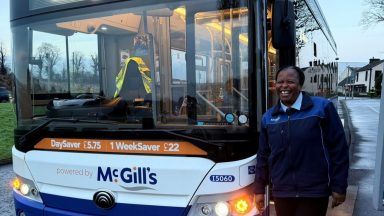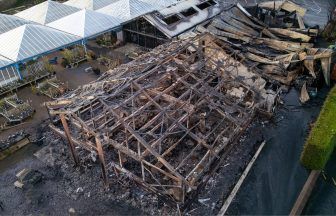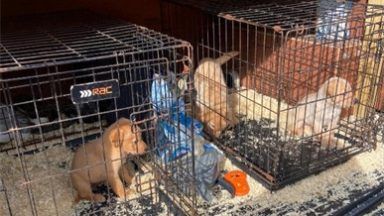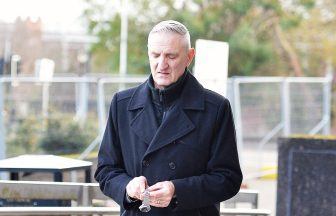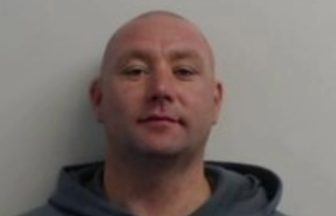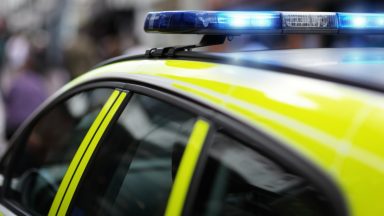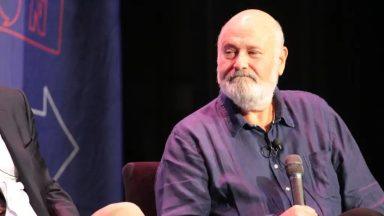Queues of ambulances have been seen building up outside an overstretched A&E as figures show emergency departments are struggling with demand.
NHS Ayrshire and Arran bosses “unreservedly apologised” after the chaotic scenes emerged at University Hospital Crosshouse in Kilmarnock on Monday.
One patient visiting the hospital told STV News she had counted around 15 mercy crews waiting outside the emergency department, and was told they had been there for hours – with nowhere to go.
Joanne Edwards, director of acute services at the health board, said: “We are aware that, unfortunately, sometimes patients have waited significantly longer than we would wish and we unreservedly apologise for that.
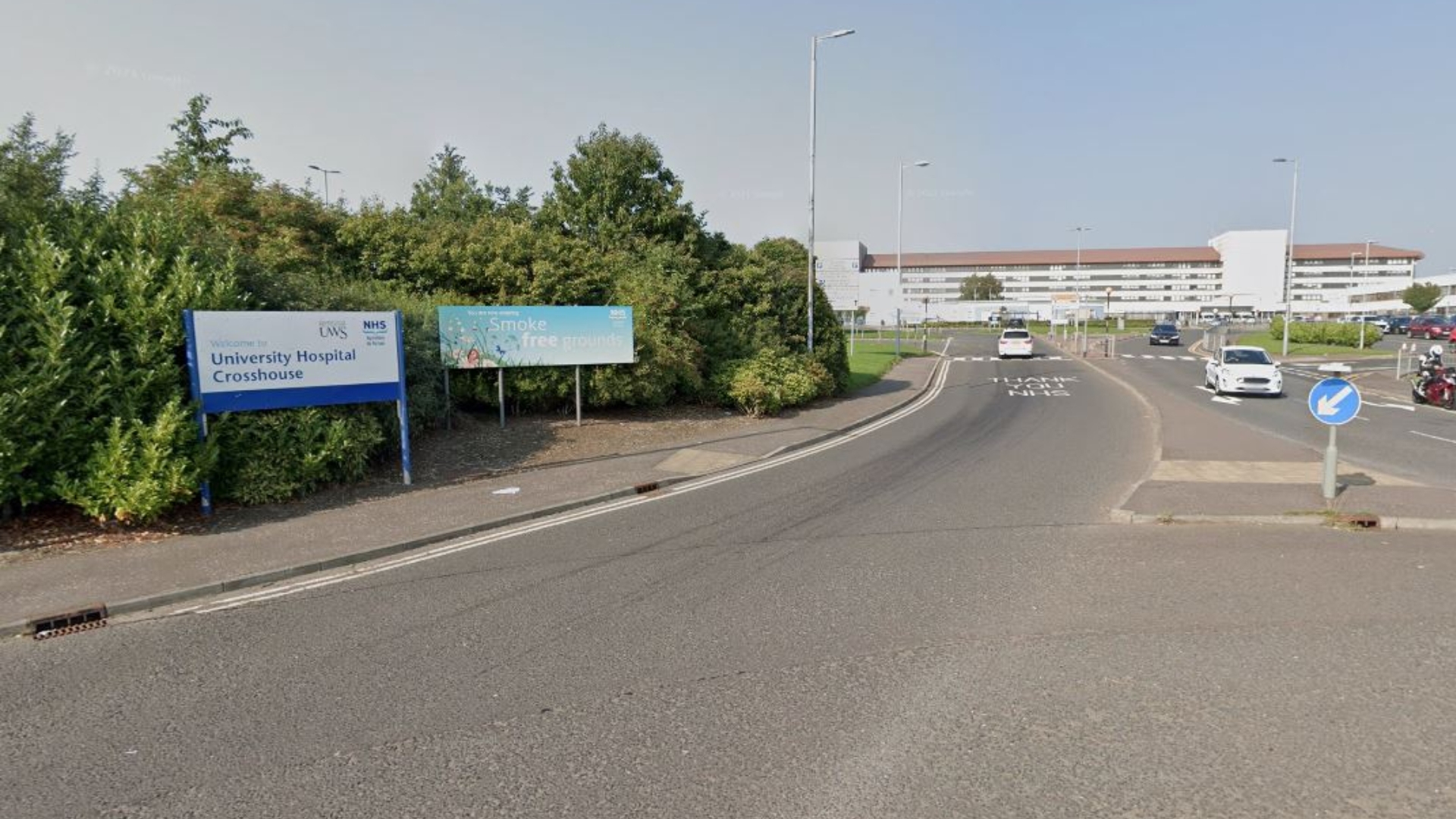 Google Maps
Google Maps“This is not the care we aim to provide and our daily focus on discharges supports the flow of patients from our emergency departments.”
Breaking point
It comes as A&E departments and the ambulance service across the country appear to have hit their breaking point.
Statistics released under Freedom of Information legislation earlier this month showed that more than 3,000 people have waited for at least eight hours for an ambulance this year.
More recently, A&E waiting time figures for the week ending October 9 showed the highest percentage on record for waits over eight and 12 hours.
Ms Edwards said: “At times, we experience a high demand for our unscheduled care services and our staff work hard to assess and treat patients as quickly as possible.
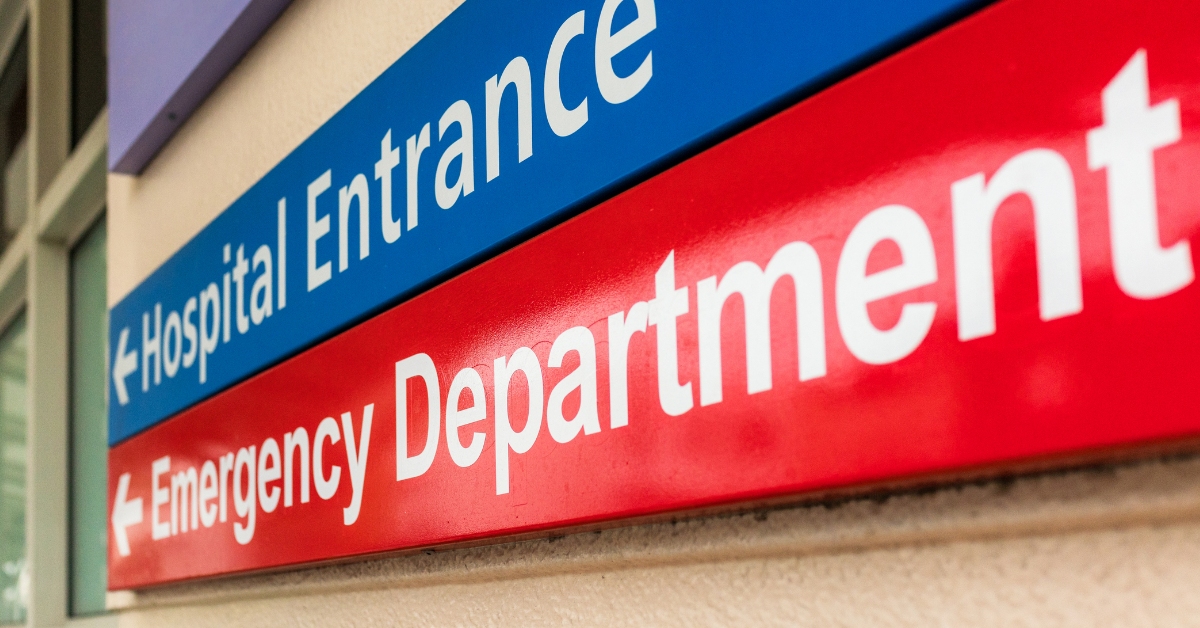 iStock
iStock“Each patient attending our Emergency Departments (EDs) is triaged on arrival and clinical teams prioritise our patients based on clinical need.
“NHS Ayrshire & Arran work closely with colleagues across all emergency services, including our colleagues in the Scottish Ambulance Service, to anticipate and mitigate against delays wherever possible.”
Health boards have asked the public time and time again not to visit A&E departments for non-life-threatening issues, however current attendances have returned to pre-pandemic levels.
Additionally, excess pressure on call handlers has also led to average 999 call answer times doubling, as outlined in a recently-released performance report by Police Scotland.
‘A&E not the safe haven it used to be’
Last week, a paramedic told STV News it was upsetting to know people are left waiting hours for an ambulance to take them to overwhelmed emergency departments.
Shona Dalgeish, a paramedic with 17 years of experience, warned that A&E departments in hospitals are not the safe haven they used to be.
“It can be quite scary phoning an ambulance and hoping that you’ll get one,” she told STV News.
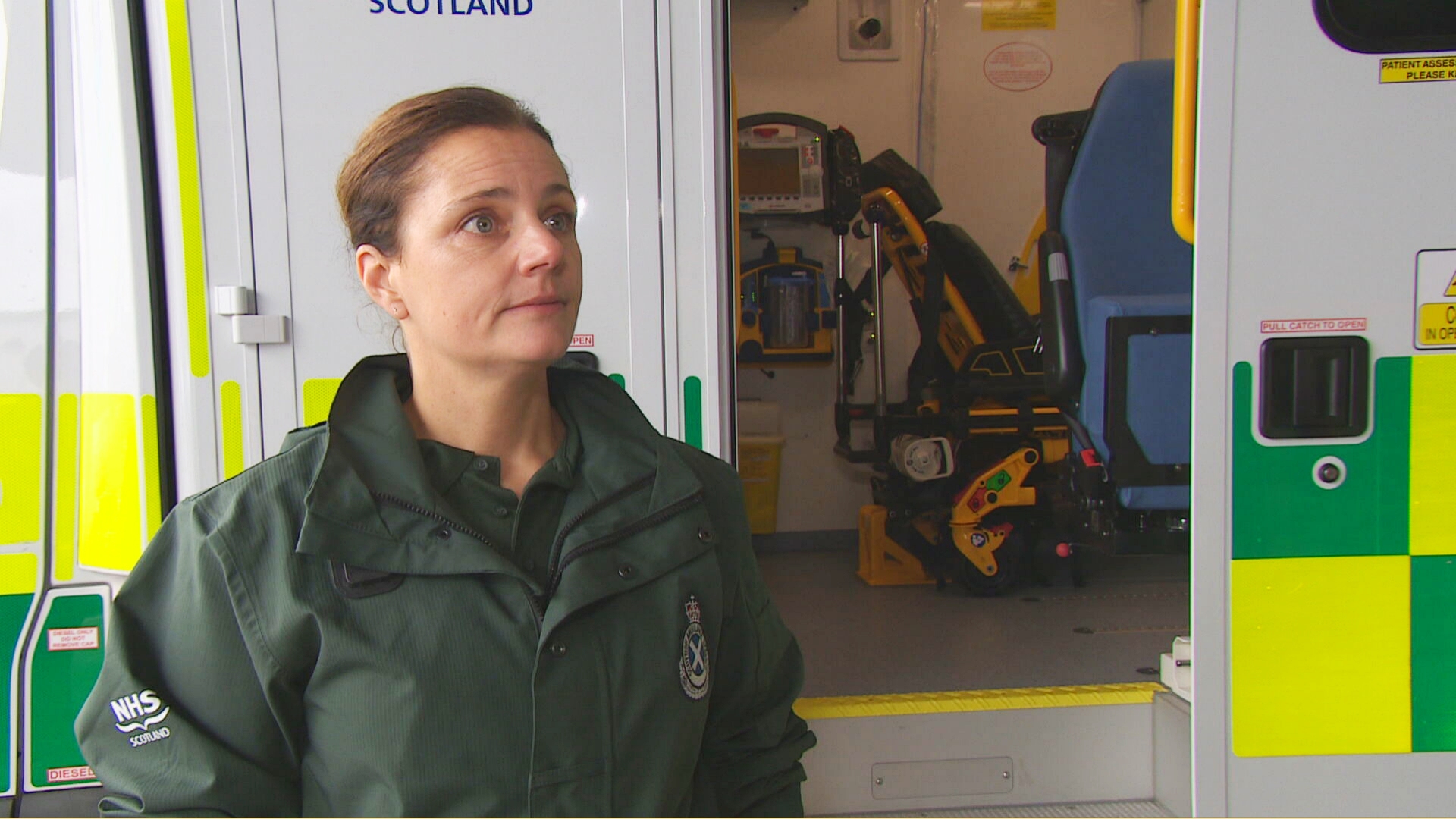 STV News
STV News“We have in the past known that the emergency department is the place to take people to be treated and to be seen immediately by a doctor,” she said.
“But it can’t be that place all the time now. It doesn’t feel as safe a pathway as it used to.
“So where could [patients] be? Where should they be? Or how can we free up that space in the department for those people to be there that need to be there?”
Medical staff take strike action
The Scottish Government has pointed to the huge challenges brought by the Covid-19 pandemic which have impacted ambulance services and the wider NHS.
It comes as thousands of NHS workers in Scotland including paramedics and call handlers are balloted for strike action in a dispute over pay.
Earlier this month, the Royal College of Nursing (RCN) Scotland began balloting members for strike action for the first time in the union’s 106-year history.
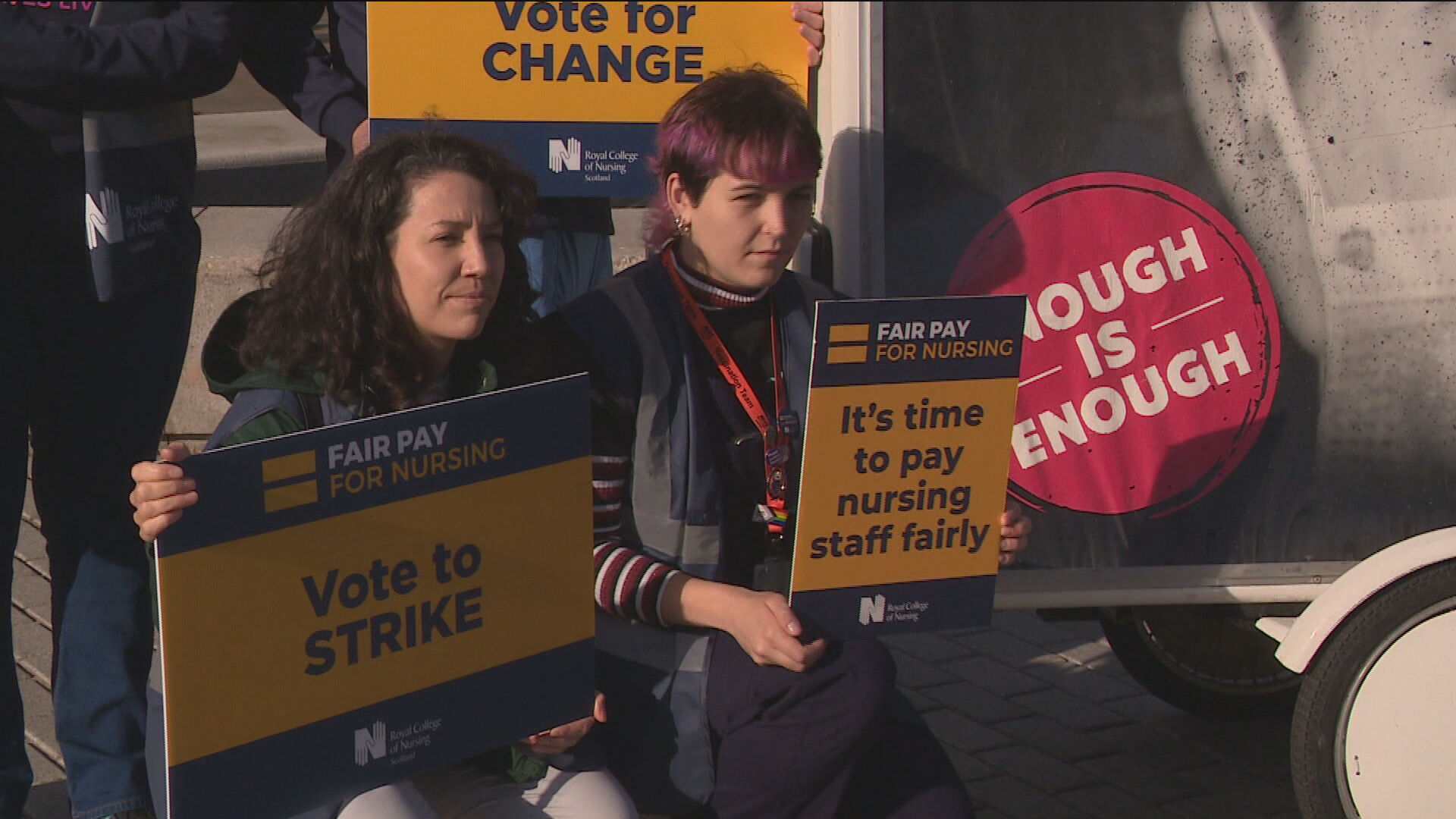 STV News
STV NewsOver 2,500 workers are being targeted by Unite trade union across national and regional health boards following the rejection of a 5% pay rise offer in June.
Additionally, trade union Unison is also balloting more than 50,000 health workers on strike action, while the Royal College of Midwives in Scotland opened its vote last month.
NHS Winter Resilience Fund
This winter will be “one of the most challenging” the NHS has ever faced, health secretary Humza Yousaf announced last week, pledging to ensure the Scottish Ambulance Service will have the resources and staff it needs.
Under the NHS Winter Resilience Plan set out by Yousaf, £45m is also being made available to help ensure the NHS is working as efficiently as possible.
The Government has described the funding as having had a “tangible impact” on response times, with 99% of all serious incidents, including heart attacks, being dealt with in under 30 minutes.

Yousaf thanked the “remarkable resilience” of ambulance staff as he looked ahead to a difficult winter period.
“This winter will be one of the most challenging our NHS has ever faced and we need to make sure people are getting the right care in the right place at the right time,” he said.
“We are determined to equip the Scottish Ambulance Service with the resources and staff to continue to deliver a high-quality emergency service to the people of Scotland.
“Ambulance staff have shown remarkable resilience in the face of sustained pressure on services and I would like to thank them for their continued commitment and hard work.”
Follow STV News on WhatsApp
Scan the QR code on your mobile device for all the latest news from around the country


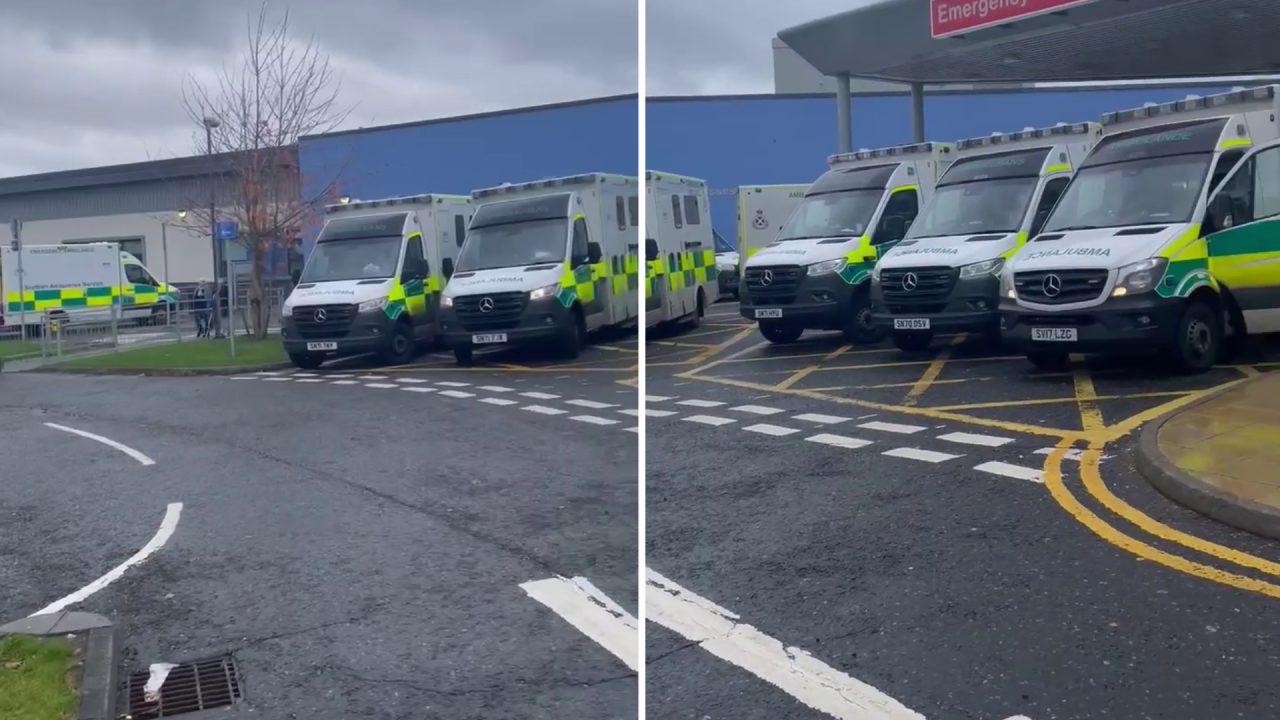 Supplied
Supplied



